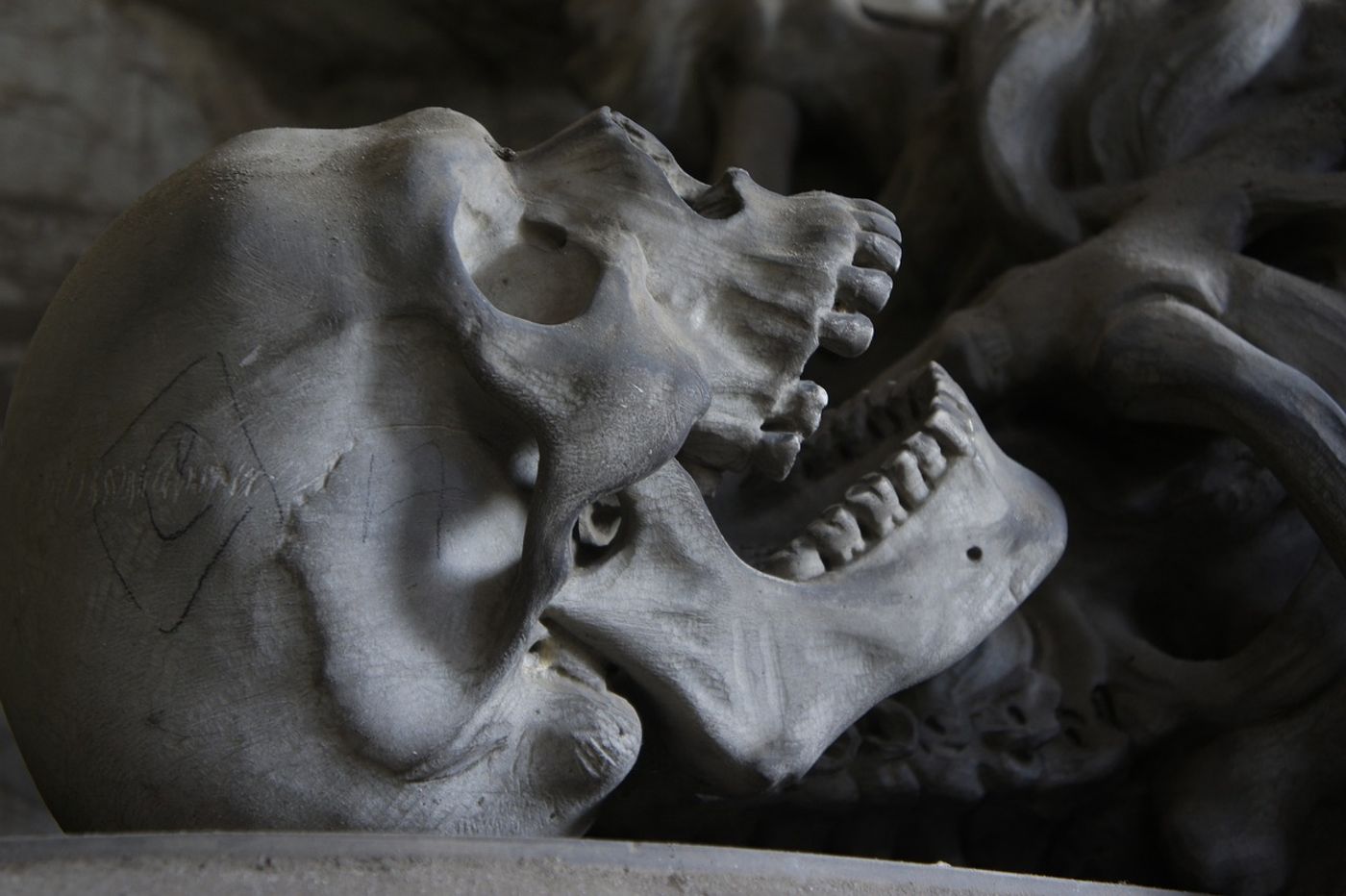Researchers Discover Jawbone Might Be Earliest Sign of Homo Sapiens
In a recent study published in the Journal of Human Evolution, an international team of researchers led by Binghamton University examine an almost 150-year-old fossil mandible discovered in Banyoles, Spain, that was once considered belonging to a Neanderthal dated between 45,000 and 65,000-years-old and conclude this fossil might belong to one of the first Homo sapiens ever recorded in Europe. This study holds the potential to help scientists both better understand human evolution and how and when the first humans existed on Earth.
"The mandible has been studied throughout the past century and was long considered to be a Neanderthal based on its age and location, and the fact that it lacks one of the diagnostic features of Homo sapiens: a chin," said Brian Keeling, who is a Binghamton University graduate student, and lead author on the study.
For the study, the researchers used a CT scanner to virtually rebuild missing parts of the fossil mandible, along with creating a 3D model so a computer could examine it. The researchers then compared the virtual model to distinct features that vary between Homo sapiens and Neanderthals.
"Our results found something quite surprising -- Banyoles shared no distinct Neanderthal traits and did not overlap with Neanderthals in its overall shape," said Keeling.
In the end, the researchers determined the Banyoles mandible could represent a member of a previously unknown population of Homo sapiens that might have coexisted with Neanderthals, or a potential hybrid between Homo sapiens and Neanderthals.
"If Banyoles is really a member of our species, this prehistoric human would represent the earliest H. sapiens ever documented in Europe," said Keeling.
Sources: Journal of Human Evolution
As always, keep doing science & keep looking up!









